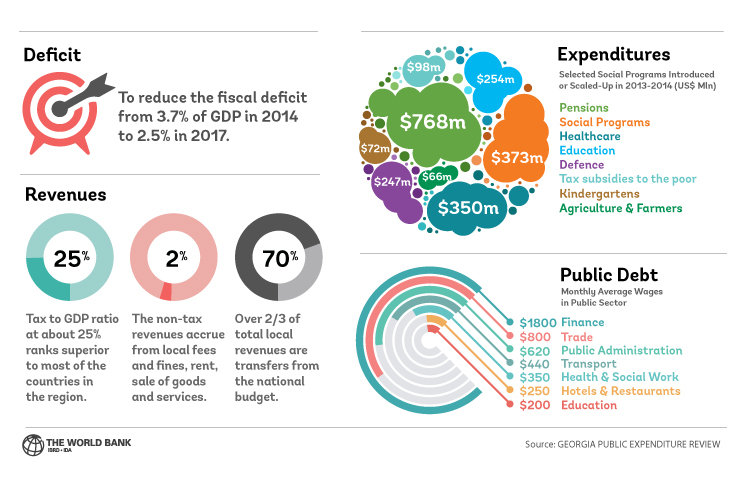Volume 1: Public expenditure review - Strategic issues and reform agenda
|
|
|
|
||
|
Volume 2: Public expenditure review - Background notes
|
|
|
|
||
|

Volume 1: Public expenditure review - Strategic issues and reform agenda
|
|
|
|
||
|
Volume 2: Public expenditure review - Background notes
|
|
|
|
||
|
To keep government finances on a sustainable path along with sustainable growth and job creation, this public expenditure review offers reform options in the areas of macro-fiscal policy, social protection and health, education, the state owned enterprise sector and inter-governmental fiscal relations.
Last Updated: Aug 11, 2014